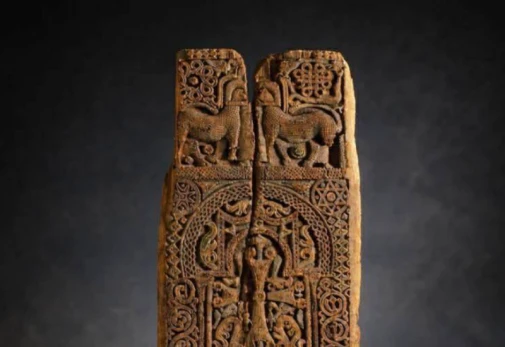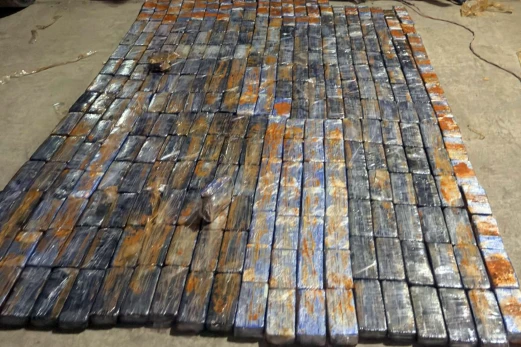In the P4P table, Arman Tsarukyan ended the year in 15th place. UFC:
Ousmane Dembele was recognized as the best football player of 2025
Baku stated its demand for the signing of the peace agreement
Eduard Spertsyan, the most expensive player of the Russian Premier League
The EU does not demand from Armenia and Moldova what it demands from Georgia. Kobakhidze
The Statue of Liberty fell due to strong wind in Brazil (video)
A family received more than 100 packages due to an Amazon delivery error
News
Malkhas Amoyan was recognized as the best Greco-Roman wrestler of the year according to "Comeback Wrestlers of the Year-2025"
Putin admitted that he is in love
The production activity of the kitchen of one of the Yerevan kindergartens has been suspended
The train loaded with Azerbaijani gasoline arrived at "Ayrum" station in Armenia
The US State Department has revoked 85,000 nonimmigrant visas since the beginning of the year
It was treason, an attack on our faith. Serzh Sargsyan about what happened at the Mother See
We are deeply concerned about the events taking place in Armenia. US Eastern Diocese statement
Water patrols found more than 100 kg of whitefish in the car of a 42-year-old black man
Armenian aviation is still on the "black list" of the EU, but the Europeans did not find security threats. Trace
It was signed for 2026-2030. Armenia-UN sustainable development cooperation framework document
LIVE: Vladimir Putin's annual big press conference
By the decision of His Holiness, Reverends Abraham, Gevorg and Vazgen left the GCC.
Currently, 1300 tons of A95 gasoline of Azerbaijani origin is crossing the Armenia-Georgia border.
They pushed you, bad mouthed you, but you remained at your professional height. Margarit Yesayan to journalists
The conspirator will not sit quietly, he will try to lick yesterday's wounds in order to launch a new attack. Member of Parliament
The 12th century Armenian church door will be moved to the Armenian History Museum
The prosecutor submitted to the court the materials of the proceedings regarding the person who stole 972 million drams from the EU
We are going through a difficult test as a nation. May God give us hope and strength. Father Saying
The Armenian Chess Federation has summarized the results of 2025
US suspends Green Card Lottery after Brown University shooting

The 12th century Armenian church door will be moved to the Armenian History Museum
In 2035, there may be clashes between humans and robots in Europe. Europol
The winner of Eurovision 2024 has refused the trophy because of Israel's participation
Scientists have discovered the chemical composition of small asteroids
A gene editing method has been developed to destroy HIV
Signals emitted by comet 3I/Atlas confirm its natural origin
A new life form has been discovered in Chernobyl
Revival of memory and culture. "The love story of Artsakh" returned to the stage (video)
The treasures of the depository-museum of St. Etchmiadzin Cathedral
People's Artist of Russia Vladimir Simonov died
It became known where the first people came from
Chimpanzees have been found to show signs of rational thinking
A terrifying bat signal has been detected in space
Scientists warn about the deadly danger of vaping
Scientists have discovered the secret to alleviating knee pain
Scientists have found out what the void of space is made of
Scientists have recorded the brightest black hole explosion in history
Two powerful flares were recorded on the Sun in one hour
The International Festival "Theatron" aims to strengthen the cultural dialogue between Armenia and the Francophone world
Scientists have discovered a hidden sign of psychopathy in relationships
























